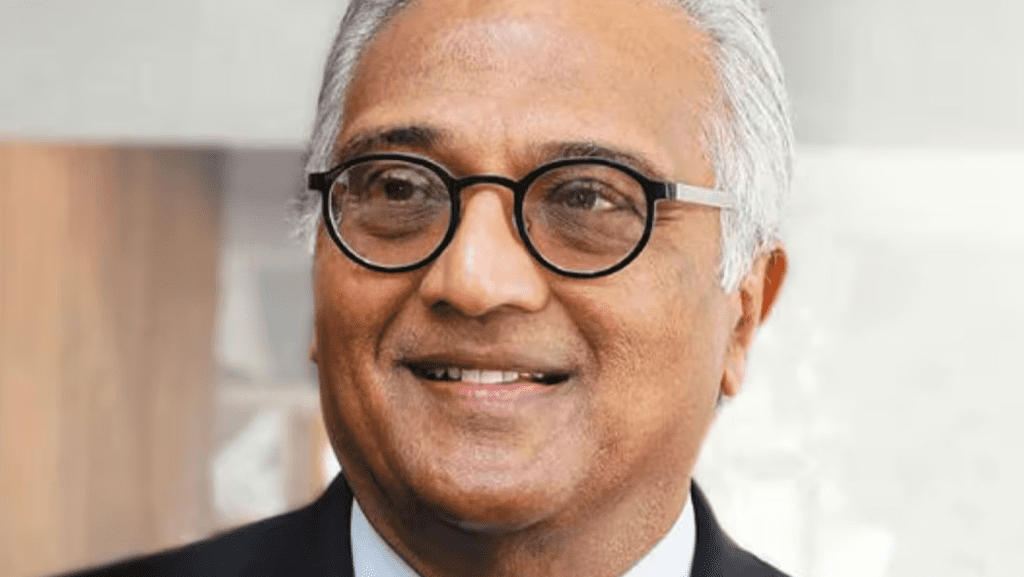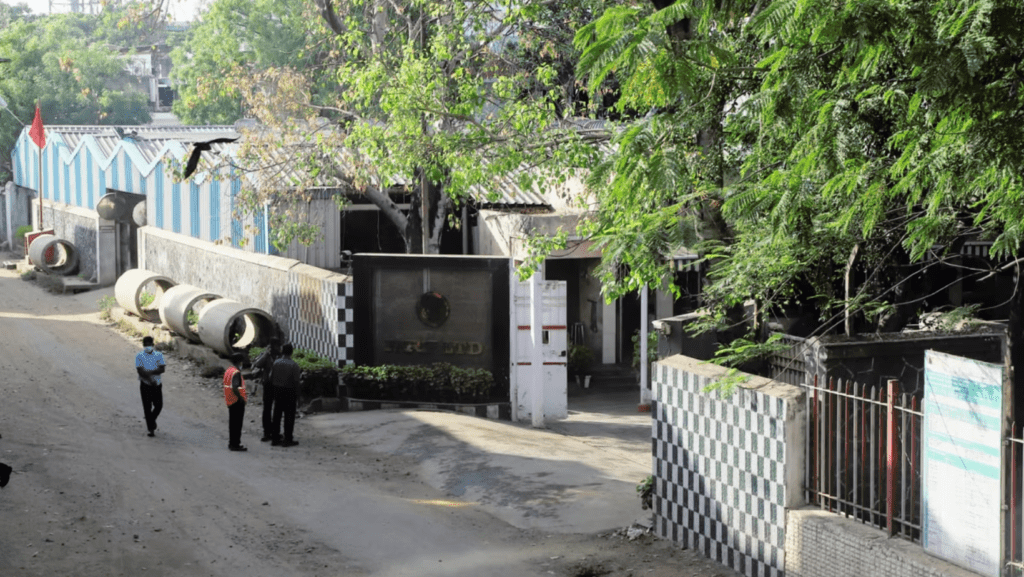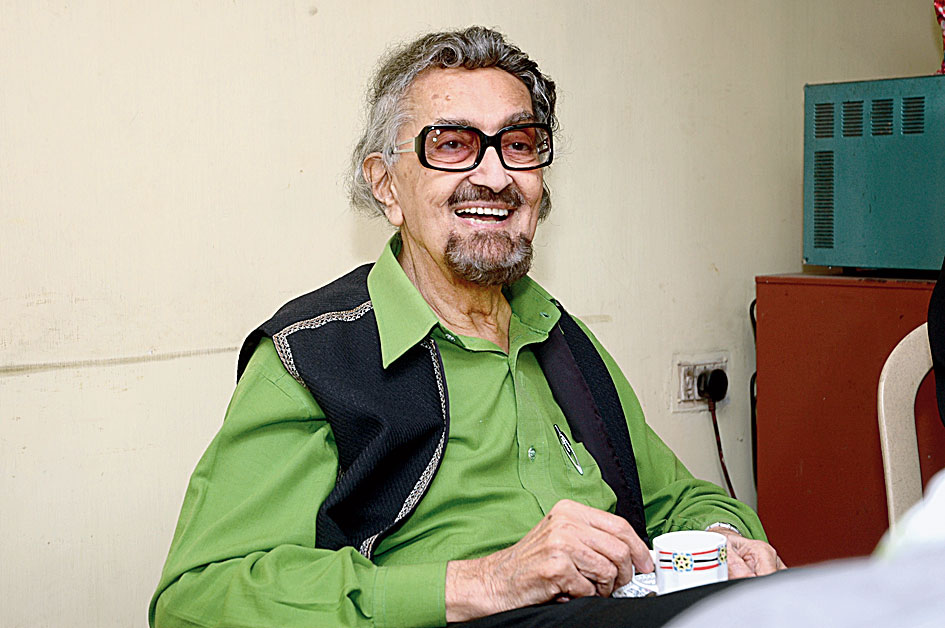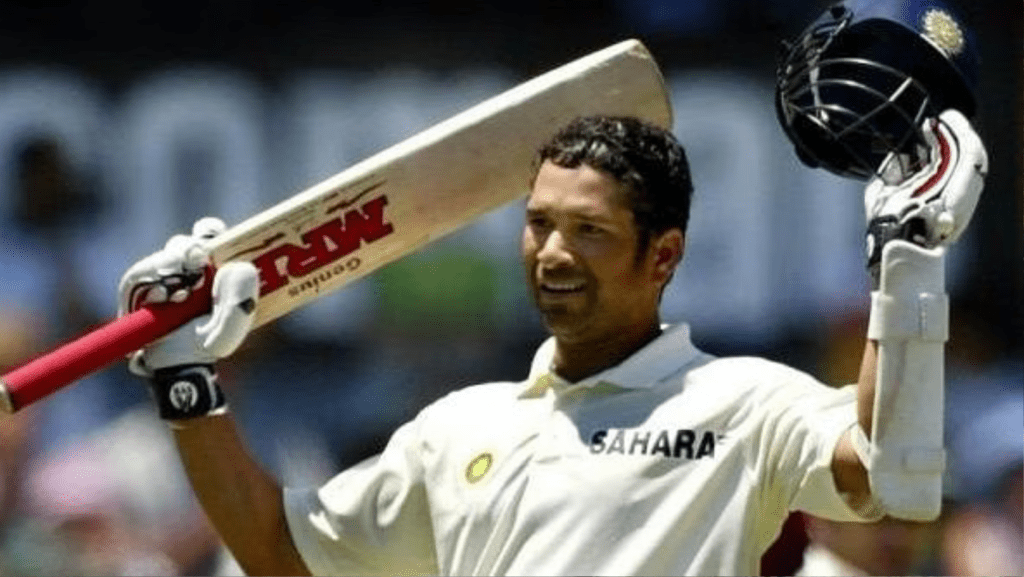Mammen Mappillai, the founder of MRF Tyres, is renowned for transforming the tire industry in India. His journey is like an exciting story filled with big challenges and even bigger victories.
Recognizing the need for high-quality, locally-made tyres that could meet the specific demands of Indian roads and vehicles, Mammen stepped in to bridge this gap. He focused on producing durable, safe, and cost-effective tires that catered specifically to the demands of the Indian market.
With his strong determination, Mammen established MRF Tyres, leading the way in making top-quality tires. Today, he is known as a true pioneer, a successful entrepreneur, and someone who shaped India’s car industry. But how did it all start? Let’s dive into the inspiring tale of a man who turned challenges into opportunities, leaving a lasting impact on India’s roads.
The Visionary: K. M. Mammen Mappillai
K.M. Mammen Mappillai was born into a Syrian Christian family in 1922 in Kerala. He was the youngest of nine children. However, his family faced financial difficulties when his father was imprisoned for two years by the princely kingdom of Travancore, resulting in the seizure of all their possessions. This adversity ultimately led to Mappillai sleeping on the floorboards of St. Thomas’ Hall during his college days.
In 1946, Mappillai took his first steps into the world of entrepreneurship after completing his graduation, by setting up a small manufacturing unit opened in a shed. The shed was repurposed to make toy balloons along with his wife Kunjamma. Mammen would pack them in a bag and go from street to street to sell them and it became a means of livelihood during those early years for him.

Having run the toy balloon business successfully for a while, Mappillai felt it was time for a bigger adventure. He was inspired by entrepreneurs like Jamshedji Tata, who had taken the steps to transform sectors like steel and hotels.
Mappillai noticed that one of his cousins had tyre-retreading plants that used rubber from foreign companies. Inspired by that, Mappillai saw the chance to make a big impact in the tyre industry and his journey for setting up MRF Tyres began.
The Start of MRF Tyres
K. M. Mammen Mappillai decided to use all his savings to start a business making tread rubber, a raw material that is crucial for tyre making. So, in 1946, he began MRF, which stood for Madras Rubber Factory, and in a market dominated by foreign players, MRF became popular as it was the only Indian company making tread rubber at that time.
In just four years, by 1952, MRF owned 50% of the market share for tread rubber due to its high product quality. This success by MRF led to many foreign companies leaving the market, giving them more room for expansion.
Seeing the rapid growth of MRF, Mammen decided to expand into making tyres, however, this mission had challenges, especially in terms of technical expertise. Recognizing the need for partnership, in 1960, MRF teamed up with Mansfield Tire & Rubber Company from the USA to gain their insight and technical support.

The tyre factory was up and running by 1961, marking the start of MRF’s very first tire. That same year, MRF transitioned into a public company with the launch of its IPO on the Madras Stock Exchange. However, the company started facing challenges as the technical collaboration with Mansfield proved unsuitable for India’s road conditions. Moreover, competition from established giants such as Dunlop, Firestone, and Goodyear, which maintained a tight grip on prices and production, made it more difficult for MRF to expand and grow.
Fortunately, during that era of India’s newfound independence, political leaders were eager to promote indigenous industries, especially in the rubber sector. This provided MRF with a level playing field and even secured some lucrative government contracts for the company. After the setback of the unsuccessful collaboration with Mansfield Tire & Rubber Company, MRF set up a research center in Tiruvottiyur in 1963, followed by the inauguration of the Tiruvottiyur factory to produce tyres that were specifically made for India’s diverse road conditions.
Stepping Up The Game
MRF had already made a significant mark in the tyre industry, but Mammen wanted the company to grow even bigger. Up until then, MRF mainly supplied tyres to other businesses (B2B) and was not a strong player in the OEM (Original Equipment Manufacturer) segment of the auto industry.
To achieve greater success, Mammen saw an opportunity in the retail segment, in which he targeted the consumers and aimed to make MRF the top choice for replacement tyres. However, for this to happen, people needed to know about MRF, and the company had to connect with the masses.

This is where Alyque Padamsee, the renowned marketing genius, came into the picture. Known as the “God that changed the face of Indian Advertising,” Padamsee was a master at creating memorable campaigns and began conducting surveys, particularly among truck drivers, who stressed the need for strong tyres that could withstand the rough Indian roads.
Based on these insights, Padamsee and his team came up with the iconic MRF MuscleMan concept in 1964 and soon became the symbol of strength and power. This MuscleMan logo was prominently featured in TV commercials, billboards, and other advertisements. With the MuscleMan campaign, MRF began to be recognized by the public with most associating the brand with durability, strength, and reliability.
Expansion of the Brand
In the 1960s, MRF had already established itself as a major player in India’s retail tyre segment and decided to start its journey into the international market. Once dominated by US multinationals like Dunlop and Goodyear, MRF became the first Indian company to export tyres to the USA in 1967.
By the early 1970s, MRF had expanded its operations by setting up multiple manufacturing plants across different locations in India. In 1973, the company was India’s first to manufacture and market Nylon passenger car tyres commercially.
In the 1980s, MRF set up the MRF Pace Foundation, a renowned cricket academy that has helped nurture many talented bowlers over the years. Additionally, MRF also sponsored the MRF World Series cricket tournament in India. The brand launched a cricket bat with the ‘MRF’ logo on it which soon became an iconic symbol in the cricketing world.

From legendary cricketers like Sachin Tendulkar to MS Dhoni, each used the MRF bat, and at one point, many started to believe the brand to be a cricket bat-making company. Not stopping at cricket, MRF also brought the boxing Championship to India, a first-of-its-kind event with 39 countries participating. It also expanded its manufacturing into F3 racing cars in the late 1990s. By 1997, MRF inaugurated its first tyre store achieving its turnover of $1 billion in 2007 and doubling it to $2 billion in 2011.
Current Scenario
Today, MRF is managed by Mammen Mappillai’s two sons, KM Vinoo Mammen and Arun Mammen, along with Rahul Mammen and Varun Mammen, the sons of K.M Mammen, in its management team. What started as a small balloon business in Tiruvottiyur has grown into a nearly $3-billion tyre company with multiple facilities across South India.
With its shares rising to the Rs 1.5 lakh mark early in the year, making it the priciest Indian stock, MRF has been on the journey to position itself as a leader in the stock market and is a symbol of its ongoing success and excellence in business.
Join The Story Watch’s initiative to create a vibrant community for the startup ecosystem.

